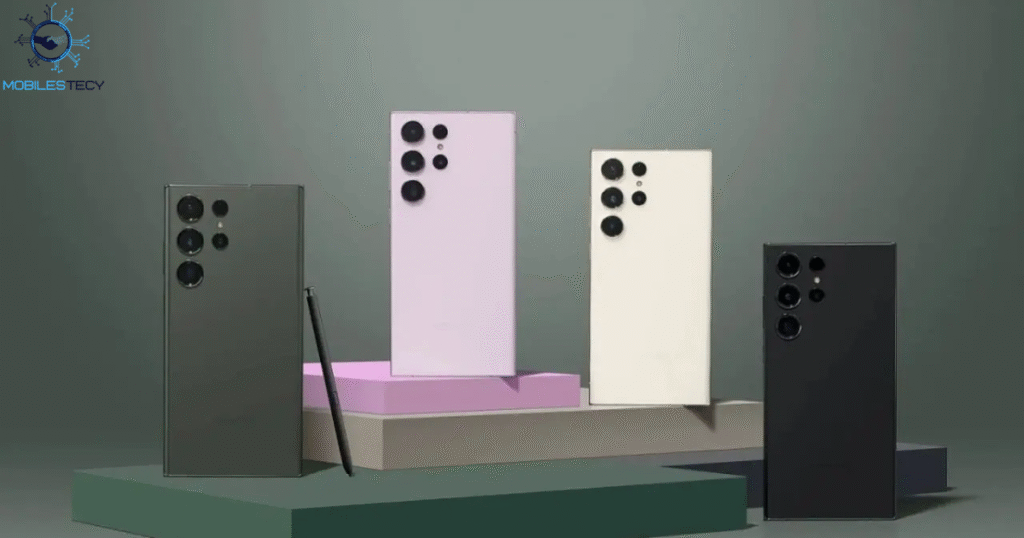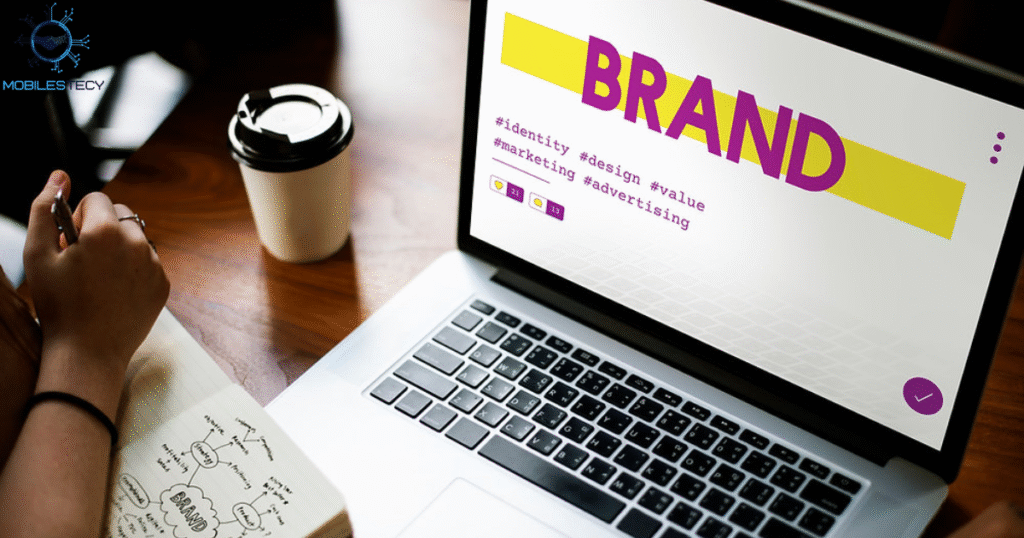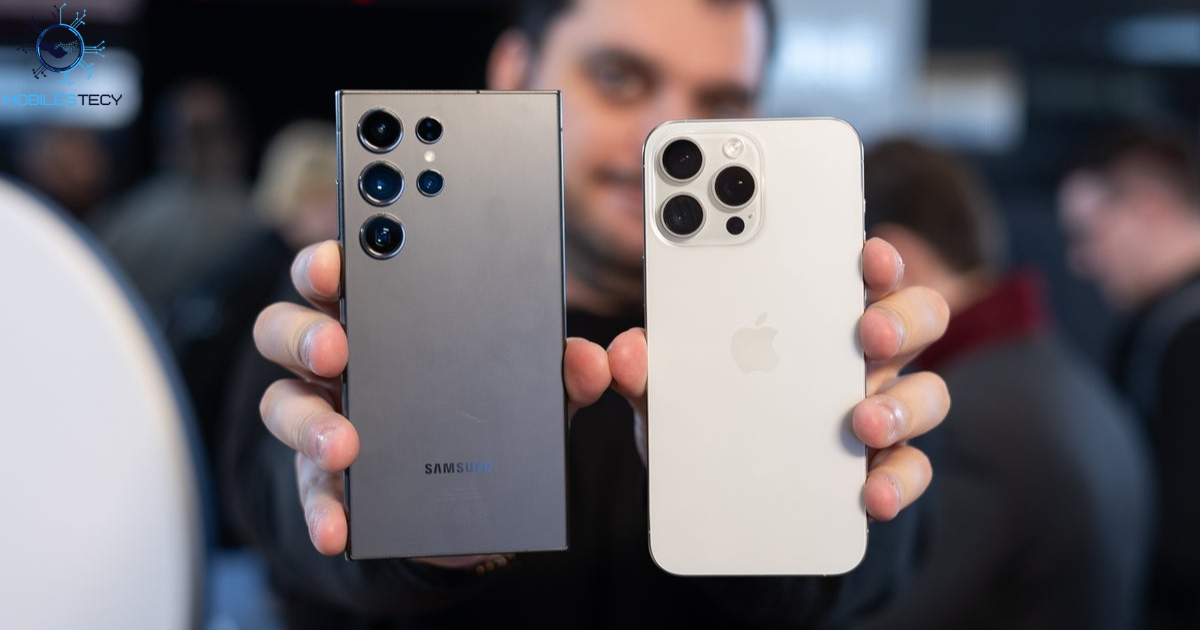In the world of smartphones, advertising plays a powerful marketing role. Apple and Samsung dominate the industry with different strategies and brand goals. Their ads shape public perception and influence millions of consumer choices globally. These tech giants invest heavily to outshine each other in creative campaigns. The battle between them extends far beyond just product features and specs.
Apple promotes the iPhone through elegance, emotion, and lifestyle-driven storytelling. Galaxy often focuses on technical superiority and bold innovation in its ads. Each brand crafts unique messages tailored to its specific target audience. From TV commercials to social media, their styles differ dramatically. Both companies understand that smart advertising is key to staying relevant.
This article compares Samsung and iPhone ads across various strategic elements. We’ll explore their tone, visuals, audience approach, and marketing effectiveness overall. Understanding these differences helps reveal how brands build loyalty and engagement. Whether you’re an Apple fan or Galaxy user, the contrast is clear. Let’s dive into how these iconic tech rivals fight with creativity.
Table of Contents
Samsung’s Bold and Feature-Driven Advertising Strategy

Samsung advertisements often highlight innovation and advanced features over sleek aesthetics. They focus on what the phone can do better than others. Specs like camera zoom, foldable screens, and stylus support take center stage. This positions Samsung as a leader in powerful, versatile Android devices. Their message is clear: performance and innovation matter more than brand prestige.
Samsung’s tone in advertising tends to be bold and competitive. It often includes direct or indirect jabs at rival Apple products. One notable campaign mocked iPhones lacking headphone jacks and SD slots. Such ads appeal to tech-savvy users who value function over form. They target audiences who appreciate innovation and dislike Apple’s closed ecosystem.
Visually, Samsung ads are fast-paced, energetic, and full of dynamic transitions. Bright colors, upbeat music, and multiple features are packed into short spots. They often show multitasking, gaming, and camera capabilities in quick succession. This reflects Samsung’s intent to impress with both form and function. Each commercial acts like a tech demo blended with entertainment value.
Target Audience and Consumer Appeal
Samsung targets a broad range of users with different smartphone needs. From budget buyers to tech enthusiasts, their lineup offers vast variety. Their ads speak to those who prioritize flexibility, power, and innovation. This inclusive approach helps Galaxy maintain dominance across global smartphone markets.
Apple focuses on loyal users who value design, privacy, and simplicity. Their ads appeal to creatives, professionals, and premium lifestyle seekers. By emphasizing exclusivity and ecosystem harmony, they attract brand-conscious consumers. The iPhone becomes more than a phone — it’s a status symbol.
- Samsung ads emphasize innovation, highlighting features Apple doesn’t yet include.
- Apple focuses on simplicity, elegance, and emotional connection in its ads.
- Galaxy often mocks Apple in ads to attract attention and stir debate.
Tone and Brand Messaging

Samsung’s tone is bold, energetic, and sometimes provocatively competitive in nature. They emphasize superiority by comparing features Apple has yet to adopt. This aggressive messaging draws attention and stirs debate among tech fans. It works well with users who view Apple as outdated or closed.
Apple maintains a minimalist, calm, and emotionally resonant advertising style throughout. You’ll rarely see comparisons or direct references to competing smartphones. Instead, Apple lets product quality speak through visuals and clean narration. Their confidence comes from a loyal user base and consistent branding.
iPhone’s Minimalist and Emotion-Focused Marketing Approach
Apple uses simplicity, elegance, and emotion to sell the iPhone experience. Their ads rarely mention technical specs like RAM or screen resolution. Instead, they focus on user feelings, lifestyle integration, and creative potential. The iPhone is portrayed as more than a device — a companion. This creates an emotional bond between the product and its users.
The tone in Apple’s advertising is calm, confident, and aspirational. You’ll rarely see comparisons or direct references to competing smartphones Instead, Apple lets product quality speak through visuals and clean narration. Their confidence comes from a loyal user base and consistent branding. Each ad feels premium, just like the product it’s promoting.
Visually, iPhone ads rely on white space and artistic cinematography. Campaigns like “Shot on iPhone” feature stunning images by real users. This shows the iPhone as a tool for everyday creativity and expression. Slow motion, soft lighting, and minimal sound design enhance emotional appeal. Apple turns product demos into short films that highlight beauty and design.
Use of Visuals and Sound Design

Samsung ads feature colorful scenes, rapid edits, and high-energy soundtracks. They often show multiple functions in action within a short time. Dynamic transitions and futuristic elements highlight the phone’s technological advantages. The goal is to impress viewers with power, speed, and innovation.
Apple uses soft lighting, natural sound, and cinematic camera work for impact. Their commercials often feel like short films or art installations. Visual minimalism and clean transitions guide the viewer’s focus clearly. Every frame is crafted to reflect the iPhone’s elegant brand identity.
- Apple avoids comparisons and maintains a confident, minimalist advertising approach.
- Samsung uses vibrant colors, fast editing, and energetic music in commercials.
- iPhone ads feature cinematic visuals, soft music, and clean white backgrounds.
Cultural Influence and Global Strategy
Samsung adapts its advertising based on regional markets and cultural relevance. It customizes campaigns to resonate with specific languages, trends, and needs. This global adaptability strengthens brand recognition in emerging and diverse regions. Localized marketing helps Galaxy remain a competitive international smartphone leader.
Apple focuses more on a unified, globally recognizable brand message. Its ads are nearly identical across countries, using universal themes. The strategy promotes consistency, luxury, and simplicity across international audiences. This global uniformity reinforces the idea of the iPhone as iconic.
- Samsung appeals to a wide audience across various price and feature levels.
- Apple targets a loyal, premium audience with a focus on ecosystem value.
- Samsung adapts regional ads to reflect local culture, language, and lifestyle.
- Apple keeps a consistent global message across markets with minimal changes.
- Both brands use storytelling and visual excellence to win consumer attention.
Faq’s
Why do Samsung ads focus more on features than design aesthetics?
Samsung highlights features to show innovation and differentiate from competitors. Their design supports function, but features drive the core brand message.
How does Apple create emotional impact through its advertising campaigns?
Apple uses storytelling, music, and visuals to evoke personal connections. They focus on lifestyle, creativity, and simplicity over technical jargon.
Why does Galaxy often compare its products to iPhones in ads?
Galaxy uses direct comparisons to highlight advantages and spark consumer debate. This competitive approach attracts users who seek cutting-edge alternatives to Apple.
What makes iPhone advertisements feel more cinematic and artistic overall?
Apple employs clean visuals, soft lighting, and film-like compositions. They aim to reflect quality, luxury, and emotional brand identity.
How do Galaxy and Apple target different audiences through their ads?
Galaxy targets broad markets with diverse needs and tech preferences. Apple focuses on loyal users who value ecosystem and premium experience.
Conclusion
Samsung and Apple approach advertising with very different brand philosophies. Galaxy promotes features, innovation, and versatility across its product range. Apple emphasizes simplicity, emotion, and the seamless user experience it offers. Each company knows its audience and tailors campaigns to meet expectations. Their contrasting styles reflect unique identities in a highly competitive market.
Samsung’s energetic, feature-rich ads appeal to tech-focused, practical-minded consumers. Its bold comparisons to Apple draw attention and spark online conversation. Meanwhile, Apple’s calm, artistic ads create emotional bonds with loyal users. They highlight creativity, privacy, and lifestyle integration with minimal distractions. Both approaches work, depending on what consumers value in a device.
In the end, neither advertising strategy is objectively better than the other. Both Apple and Galaxy effectively connect with their audiences in unique ways. Their campaigns continue to evolve as technology and consumer expectations shift. As long as the rivalry exists, creative ad battles will continue. The competition pushes both brands to deliver compelling, memorable marketing experiences.
Read more latest Articles on Mobilestecy.com








